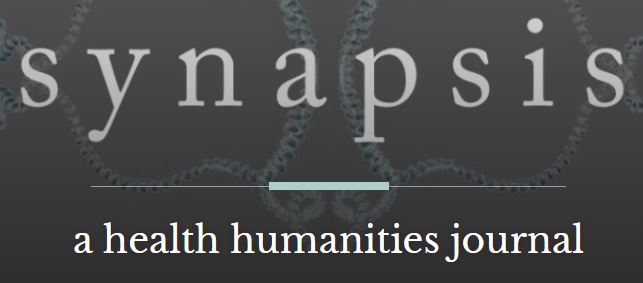In the 1920s, the Soviet Union and the U.S. emerged as growing world powers, offering each other two compelling, if often opposed, versions of modernity. At the same time, each country saw its intercontinental rival as an attractive, but dangerous “other”: a counterexample of the road not taken, and a foil for its own ideology and identity. From the 1920s to the heat of the Cold War, Some of the USSR’s most prominent public figures came to the U.S. and several American intellectuals, progressive activists, and officials traveled to the Soviet experiment. This course examines the cultural images of the American and Soviet “other” in the texts that resulted from these exchanges. We will read works about America from Sergei Esenin, Vladimir Mayakovsky, Ilya Il’f and Evgeny Petrov, and poems, essays, and novels about Russia by Langston Hughes, Claude McKay, Louise Bryant, W.E.B. Du Bois, John Steinbeck, and others. Each of these texts attempts to grapple with what it means to be modern—both technologically advanced and socially liberated—in different national contexts and under different proclaimed ideologies.
The Heyman Center for the Humanities, Room B-101
74 Morningside Drive
New York, NY, 10027
(212) 854-4541
(212) 854-3099


